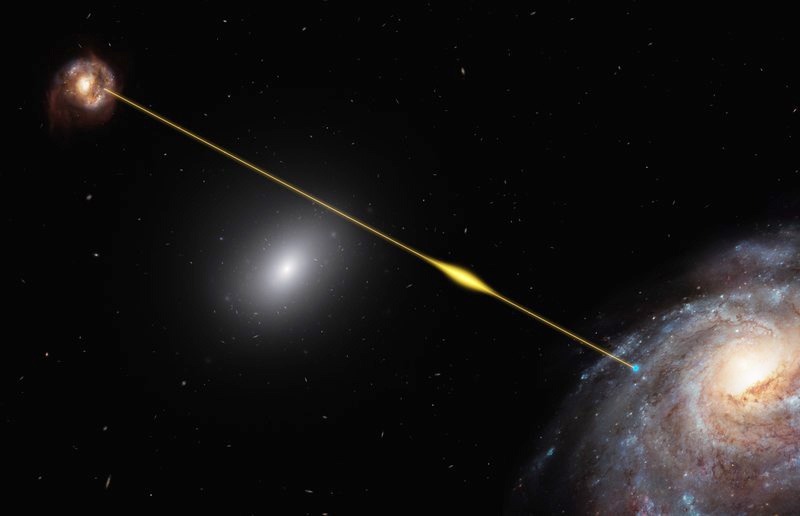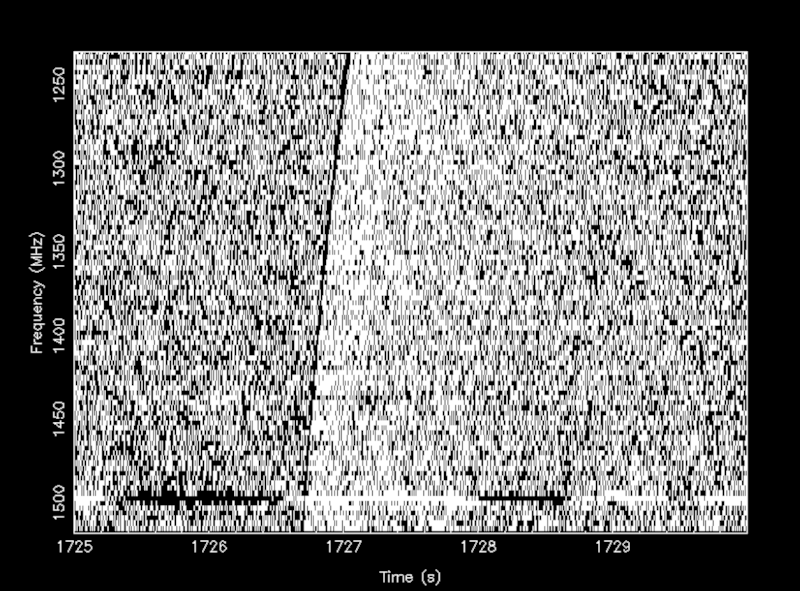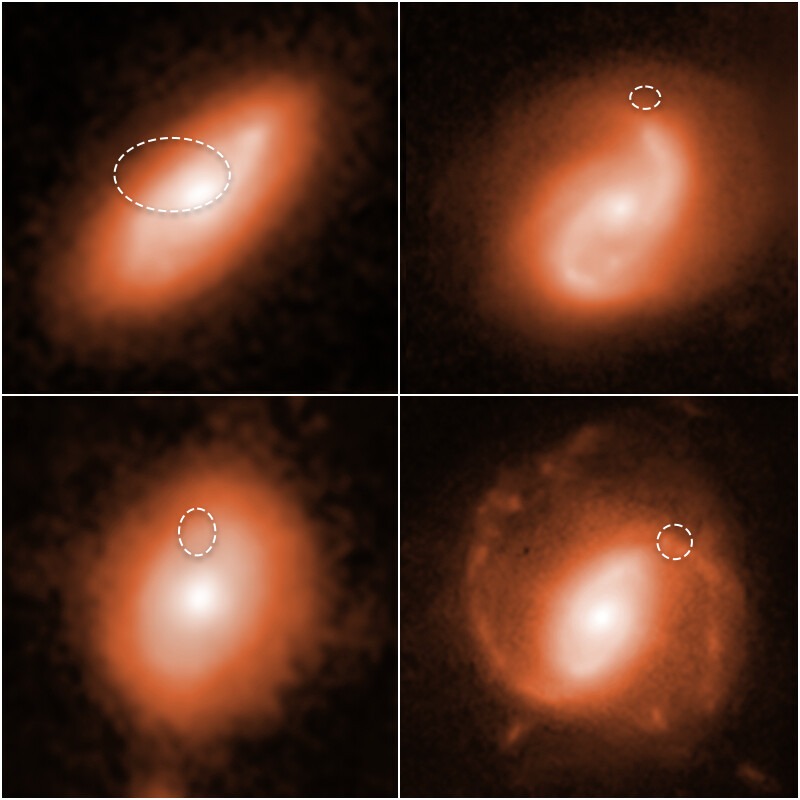Let’s unveil the mysterious phenomenon of nature that has confused the scientists and astronomers of its true existence. We are talking about Fast Radio Bursts (FRBs), which are intense bursts of radio emission that are as short as milliseconds and show the characteristic dispersion sweep of radio pulsars. We also recommend you open the following link to understand the importance of spectroscopy in Astronomy.
History
Fast Radio Bursts were first detected little more than a decade ago in 2007 by two astronomers David Narkevic and Duncan Lorimer. These mysterious bursts of radio waves were all over the sky and were often outshining all the stars in a galaxy. Since then, several studies on FRBs have taken off, and we still are not sure what exactly they are and what causes them. However, scientists and astronomers are working hard to edge closer to some answers that will uncover the mystery behind these quick bursts of radio waves.
The two astronomers used Parkes Observatory(a Radio telescope observatory) in Australia to witness an astonishing bright flash coming from space and were stunned by seeing it. This strange phenomenon was called a Lorimer burst.
Since then, more than 100 FRB discoveries have been announced. Astronomers have even been able to pinpoint the location of some to several other galaxies, but none of them seems to appear inside the Milky Way. They have even witnessed Fast Radio Bursts that repeat. Despite a lot of data and various observations, scientists are still at a loss to explain what FRBs actually are.
Features
We know that FRBs are of short durations, which means that whatever is causing them is pretty small as well. For demonstration, consider a small group of people standing close together saying “boo” at the same time, it will make a pretty short sound. On the other hand, consider a large mob saying the same word, now the sound from the back will take some time to reach you, making the “boo” a long wail.
If the thing that is causing them were big, the FRBs wouldn’t be this short, so now you might be clear about the mystery behind short existence. This is why the object producing them couldn’t be much bigger than 200 miles.
This suggests that the source of FRBs is considerably smaller than an ordinary star. FRBs might be a collapsed stellar corpse, but that doesn’t make sense for the repeaters (FRBs that repeat) because you can’t just back up a couple of tangling black holes and then expect them to give a repeat performance.
Fast Radio Bursts are unresolved (pointsource-like), bright, and broadband, millisecond flashes that have been detected to have radio frequencies around 1400 MHz. A few FRBs have been detected at lower frequencies as well, ranging from 400 MHz to 800 MHz.
Source: Space
Discovery of Eight New FRB Sources
According to the findings reported in a paper published on August 9, the astronomers have identified eight new repeating Fast Radio Burst sources, using the Canadian Hydrogen Intensity Mapping Experiment (CHIME) telescope. The finding could definitely shed new light on the existence and nature of these mysterious phenomena.
The team of astronomers that found these eight new FRB sources is led by Bridget C. Andersen of McGill University, located in Montreal, Canada.
The astronomers wrote in the paper,“We report on the discovery of eight repeating FRB sources found using the Canadian Hydrogen Intensity Mapping Experiment (CHIME) telescope“.
According to the study, one of the eight newly discovered Fast Radio Bursts has a rotation measure of 115 rad/m2, which is much lower than that observed for FRB 121101 (a Fast Radio Burst that is observed to flash over 150 times). Thanks to FRB 121101, astronomers have now drawn initial conclusions about the general properties of Fast Radio Bursts.
In the paper’s concluding remarks, the astronomers said that this discovery represents important progress in the ongoing research on FRBs.
One of the CHIME’s researchers, Bryan Gaensler, said on Twitter on 12 August that CHIME that begun hunting for FRBs in 2018 has discovered hundreds of one-off Fast Radio Bursts till now. Meanwhile, if you want to learn about the Midnight Sun, click the given link.
Latest Discoveries
On September 10, 2018, researchers of the project Breakthrough Listentook an initiative to find signs of intelligent life in the universe. They applied machine learning techniques and algorithms to detect about 72 new FRBs emanating from FRB 121102 that originate in a dwarf galaxy 2 billion light-years away from Earth. However, the nature of the object emitting these new FRBs is still unknown.
There are many theories regarding these new FRBs, including that they could be the signs of technology created by extraterrestrial intelligent life.
The Berkley SETI Research Center’s Listen Science team at the University of California observed the “repeater” FRB 121102 for 5 hours using digital instrumentation, which resulted in 400TB of data. Combining through such massive data, the team reported a total of 21 bursts in the paper that were all seen within one hour. The bursts’ source alternated between periods of quiescence and frenzied activity.
Moreover, Zhang and various other collaborators developed a new machine learning algorithm through which they reanalyzed that 2017 GBT dataset and found an additional 72 bursts of radio waves that were not detected originally. The algorithm is known as a Convolutional Neural Network.
Final Words
Scientists and astronomers have been collecting an abundance of data so they can cook up the correct explanation about the reality of Fast Radio Bursts. This might take a lot more time than we expect because we still don’t know what dark energy and dark matter actually are, despite years of study and observations.
However, the new repeating FRBs unveiled by the Canadian Hydrogen Intensity Mapping Experiment (CHIME) are game-changers because they have laid the foundation for further studies in detail. Seeing how keen the theoreticians are, we can expect to know the reality behind the existence of Fast Radio Bursts really soon.



